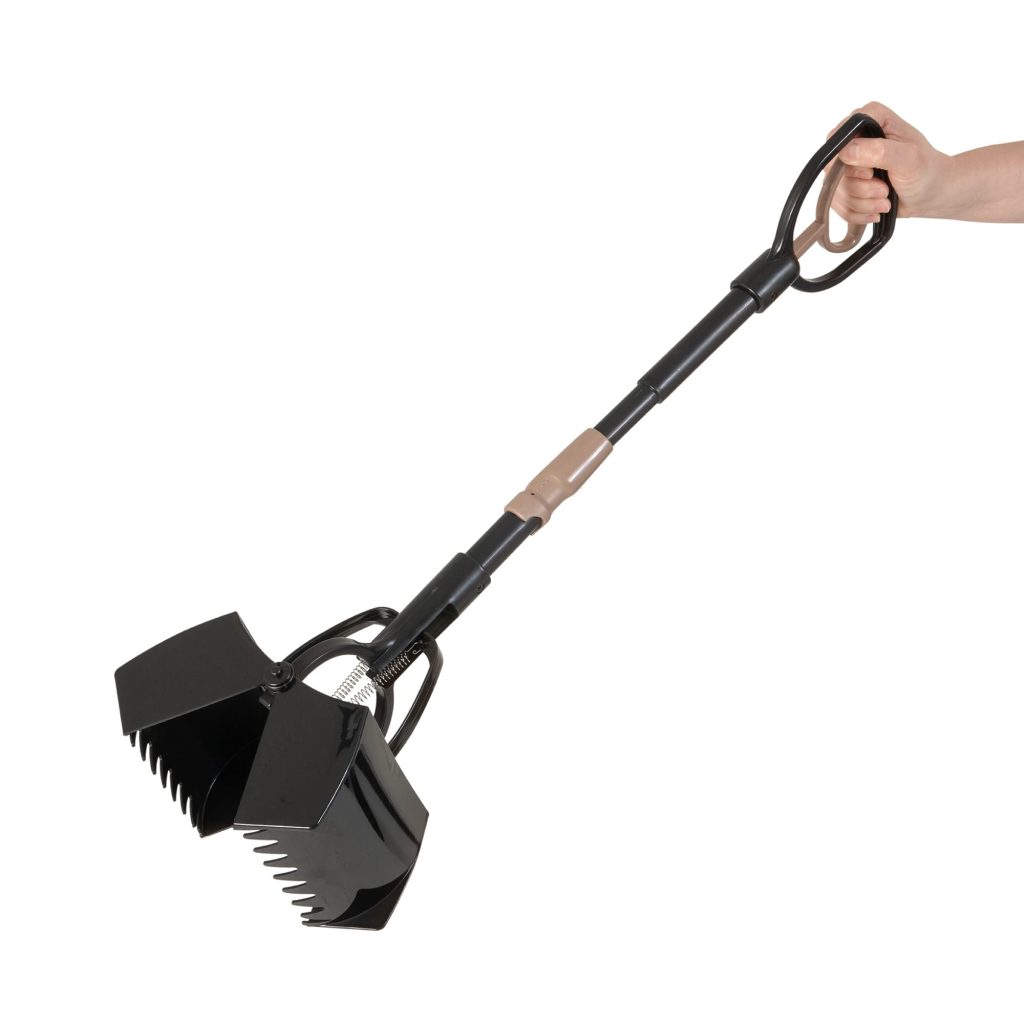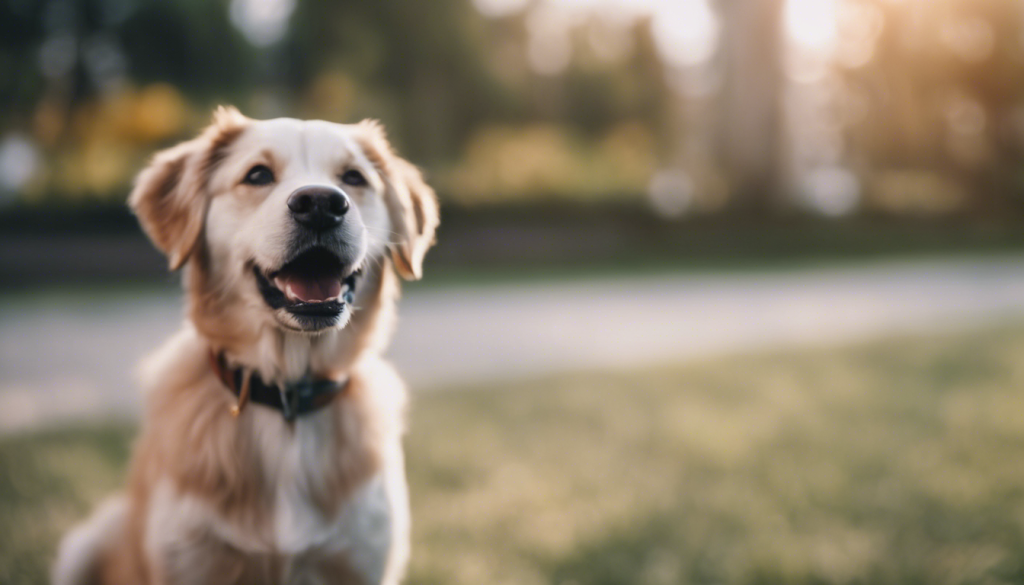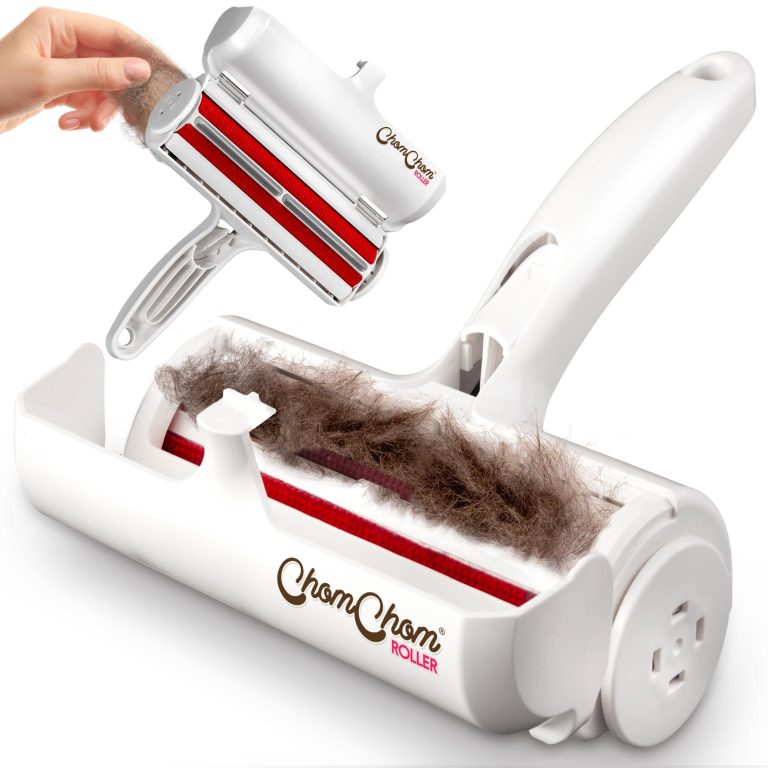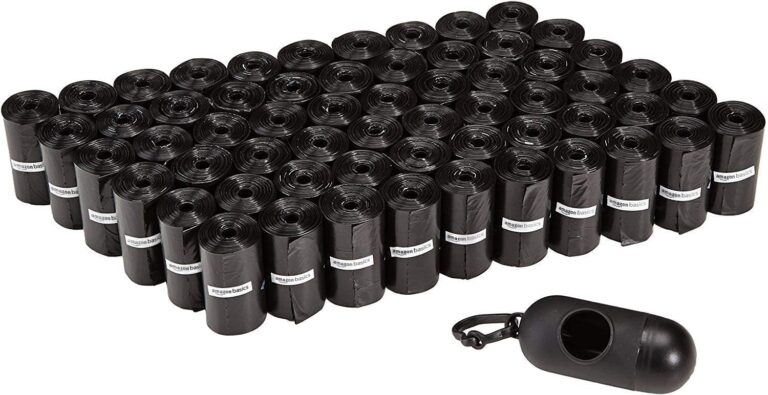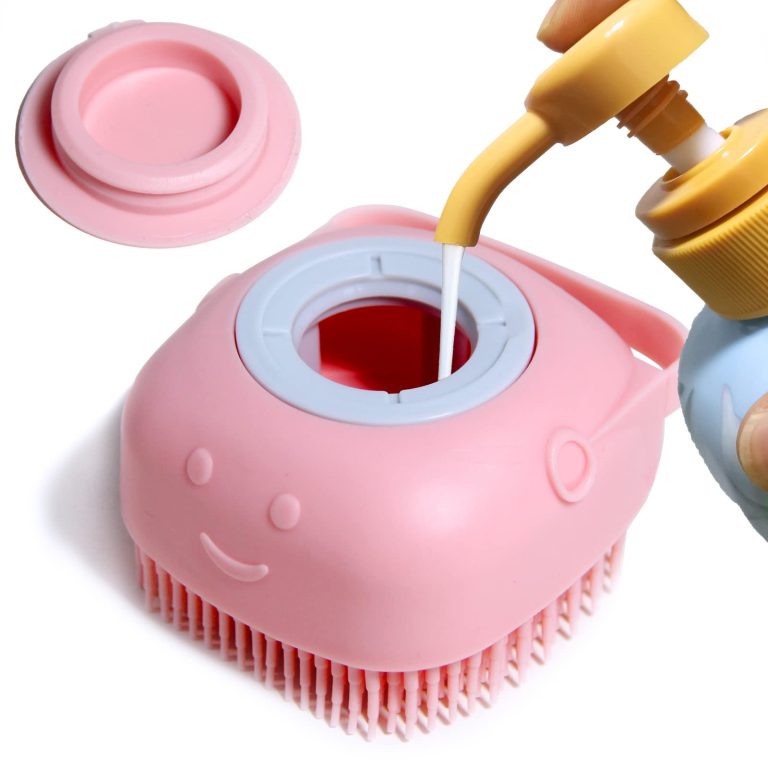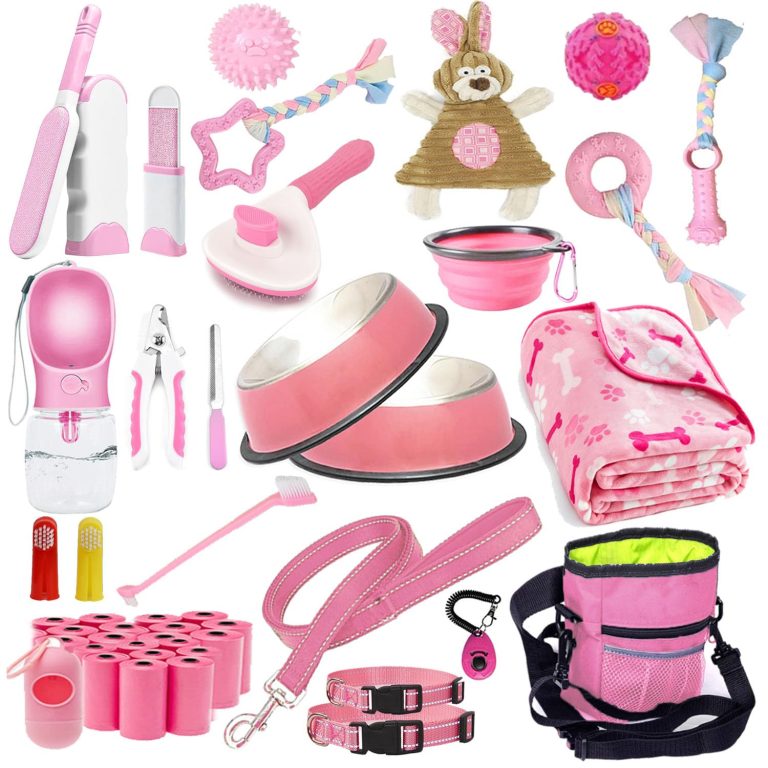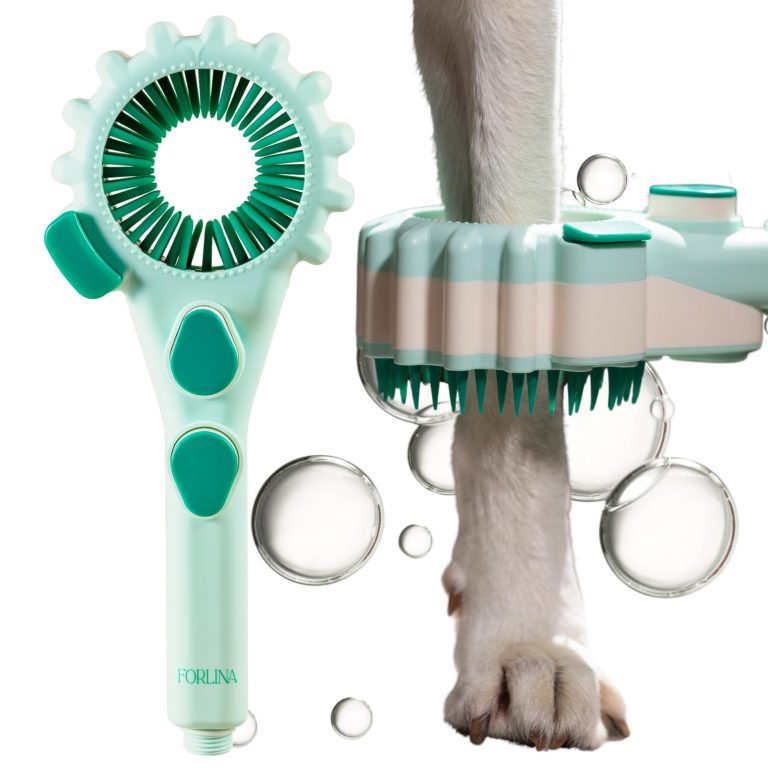Akita
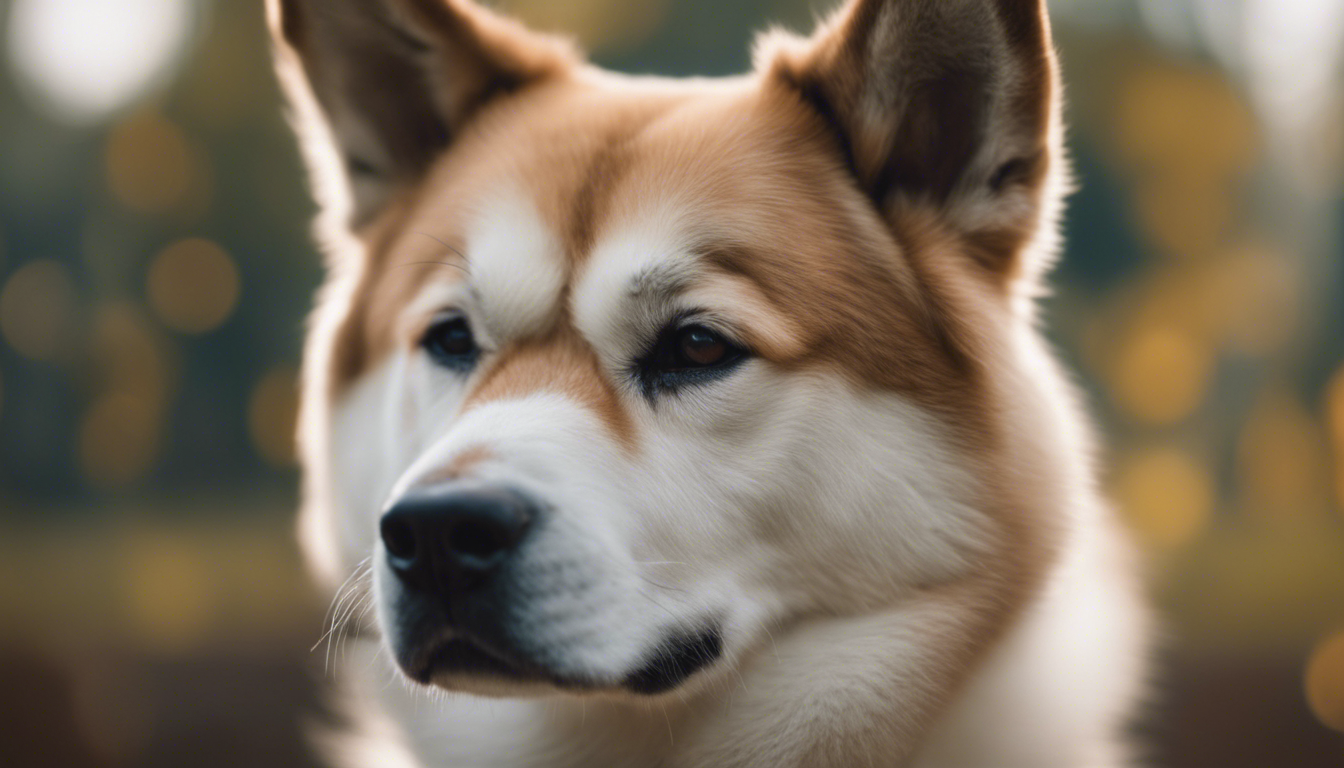
Origin and history
Steeped in Japanese tradition, the Akita is a noble dog breed that hails from the mountainous regions of Northern Japan. This breed, also known as Akita Inu (Inu meaning dog in Japanese), holds a special place in the hearts of the Japanese people. Originally bred for hunting large game such as bears, boars, and deer, these dogs are both powerful and perceptive hunters. Their rich history sees them evolving from fierce protectors of Japanese nobility to beloved companions in households around the world today.
In Japan, the Akita is a symbol of good health, happiness, and longevity. The breed is so revered that a statue of an Akita named Hachiko, who showed unwavering loyalty to his owner, stands proudly in Tokyo as a testament to the breed’s loyalty and dedication. Each year, new parents in Japan receive an Akita statue signifying a wish for the health and well-being of their child, which underscores the deep cultural significance of this breed.
The Akita’s journey to the United States began with Helen Keller, who took an immediate liking to this breed after learning the story of Hachiko during a visit to Japan. She was gifted with an Akita, which subsequently garnered attention and affection from other Americans. However, it wasn’t until after World War II, when returning American servicemen brought more Akitas to the US, that the breed gained wider recognition. These enchanting canines quickly captured the hearts of dog enthusiasts due to their majestic appearance and loyal disposition.
The breed has since evolved into two lines, known as the American Akita and the Japanese Akita Inu, with subtle differences between the two. Nevertheless, both lines uphold the majestic presence and robust character that define the traditional Akita dog, which continues to appeal dog lovers around the globe with its blend of elegance and courage.
Physical characteristics
Standing tall and proud, the Akita is a substantial breed, exuding strength and dignity. Possessing a large, bear-like head with small, deep-set eyes and erect triangular ears, the Akita’s face is the picture of calm intelligence and alertness. A broad chest and powerful back contribute to the breed’s imposing stature. Covered in a thick, double coat, which can come in a variety of colors such as white, brindle, or red, the Akita is well-equipped to handle cold climates thanks to its origins in the snowy, rugged terrain of Japan.
The physical stature of an Akita is not to be underestimated—a male typically stands 26 to 28 inches at the shoulder, while a female is slightly smaller, at 24 to 26 inches. They are heavy boned and well balanced with a solid build that suggests their capability as a working breed.
One cannot overlook the luxurious tail, curling over the back in a gentle or double curl. This characteristic feature adds to the grace of the Akita’s profile and hints at its spitz breed ancestry. The well-furred tail is more than just aesthetically pleasing; it serves as a means for the dog to cover its nose during sleep to protect against the cold—a holdover from its past life in the northern wilderness.
The Akita’s thick double coat requires regular grooming to maintain its magnificent appearance. A robust brushing session at least once a week is essential to remove dead hair and distribute natural oils. However, during the shedding seasons in spring and fall, daily brushing becomes imperative to manage the increased hair loss.
This breed’s strong, fast-growing nails should also receive regular attention with monthly trimmings to prevent discomfort and potential problems while walking. Moreover, Akitas are known for their aversion to water, and while they may keep themselves reasonably clean, it’s important to ensure they receive an occasional bath to keep their coat and skin healthy.
Regardless of an owner’s experience with dogs, the Akita’s grooming routine demands consistency due to the breed’s dense coat and the potential for mats and skin issues. This self-sufficient breed may mask discomfort, so vigilance in coat and nail care is a significant aspect of their upkeep.
Beneath their plush exterior, an Akita’s diet must support their musculature and energy requirements. The breed can thrive on high-quality dog kibble, but may also benefit from a diet supplemented with fresh, wholesome foods like lean meats, vegetables, and rice. A proper nutritional balance especially important given the Akita’s propensity for gaining weight, especially if their exercise regime is not sufficiently rigorous. Indeed, the dietary needs of an Akita can vary greatly with age, size, and activity level, requiring owner attentiveness to prevent obesity.
It is worth noting that Akitas are not overly exuberant when it comes to exercise—they require a moderate amount, but it is certainly needed to keep them from becoming bored or destructive. Brisk walks, play sessions, and mental stimulation through obedience or agility training can ensure that this intelligent breed remains both physically and mentally healthy. Engaging in exercise with your Akita affords not only the benefit of maintaining their robust health but also nurturing the bond between dog and owner—an essential component in the life of this noble and loyal companion.
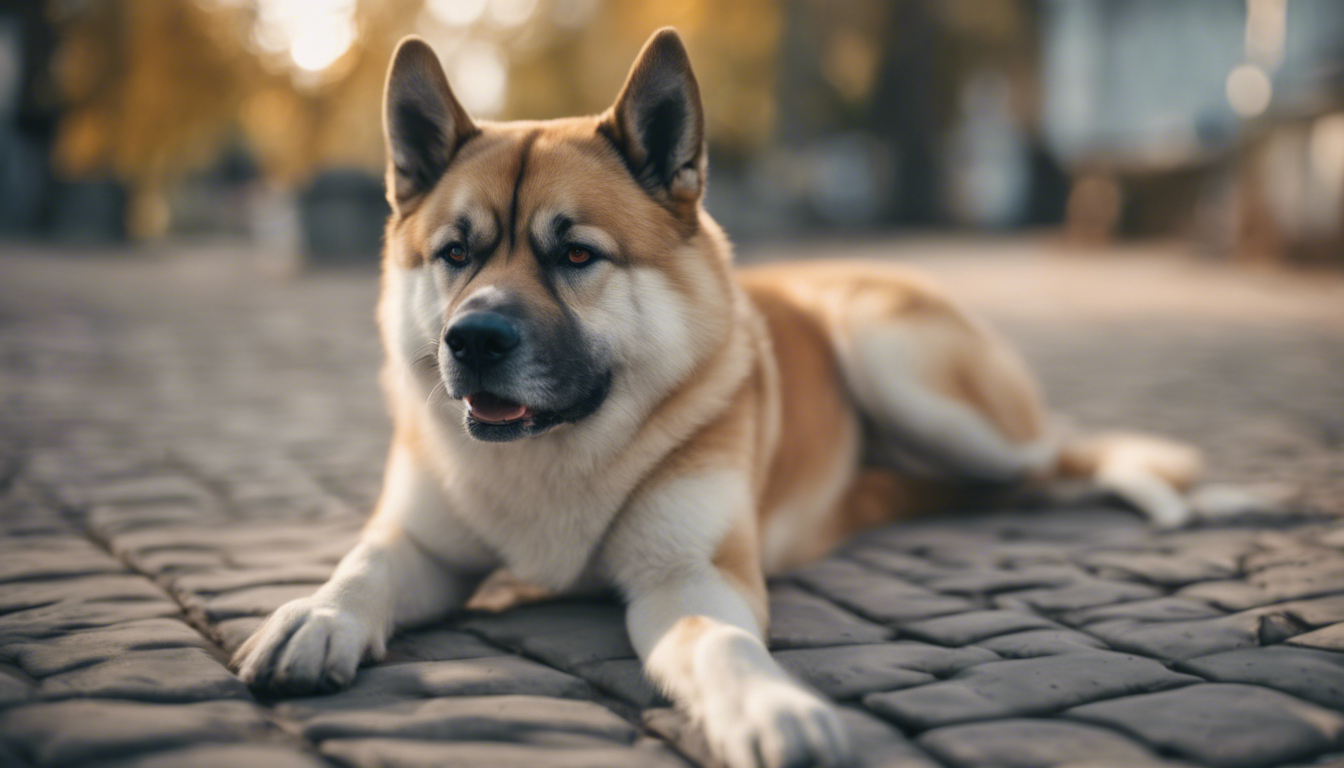
Temperament and behavior
The Akita’s personality is often described as complex but incredibly rewarding for those who understand and appreciate this intelligent breed. A well-socialized Akita exhibits confidence and calm, yet it isn’t uncommon for these dogs to be aloof or reserved, especially with strangers. Their natural wariness makes them excellent watchdogs, as they’re both protective and fearless when they sense their family is threatened. It is the same trait that often manifests as a challenging degree of stubbornness, so consistent, positive training from a young age is essential.
In the home environment, an Akita often forms a deep bond with its family, tending to be particularly affectionate with its owner while remaining dignified. This devotion can lead to separation anxiety if left alone for extended periods, so prospective owners should be prepared to invest time and presence into their relationship with an Akita.
As for behavior with children and other animals, early socialization is key. Even though Akitas can be loving and protective of children in their family, supervision is recommended due to their large size and power. Their hunting instincts are strong, which can pose challenges when introducing an Akita to a home with small animals or when encountering them on walks. However, with the appropriate training and introductions, many Akitas learn to live harmoniously with other pets.
Prospective Akita owners must embrace the breed’s need for leadership and structure. Dominance can become an issue if the Akita senses a lack of authority, which underscores the need for an owner who is capable of establishing themselves as the pack leader. Nevertheless, the education process should always be based on mutual respect and never on force, as Akitas respond best to calm assertiveness.
It is imperative to stimulate an Akita’s intellect. Challenge them with puzzle toys, advanced training routines, and interactive playtimes to keep their minds engaged. Not doing so may lead to destructive behaviors, as boredom is an Akita’s adversary.
When it comes to interacting with strangers outside the home, Akitas may exhibit territorial behaviors, so it’s important to maintain control and ensure your Akita knows you’ve got the situation in hand. Regular walks and controlled exposure to new situations can help the Akita to be more adaptable and sociable when encountering unfamiliar faces or environments.
The breed also expresses a quirky behavior trait which is typical for the Akita: they’re fastidiously clean, leading many to compare them to cats. Many Akitas will groom themselves similarly to felines, maintaining a level of personal hygiene that is quite impressive for a dog their size.
In essence, living with an Akita is a unique experience that requires an attentive and dedicated owner, but the rewards are manifold. A well-cared-for Akita offers unrivaled loyalty, deep affection, and the protective instincts of a seasoned sentinel, qualities that make the breed a treasured companion for those who are up to the challenge of their care and companionship.
Health and care
Akita dogs are a hardy breed but, similar to other large breeds, they can be prone to certain health issues that any prospective or current owner should be aware of. Joint conditions such as hip dysplasia and elbow dysplasia are not uncommon, given their sturdy build. Regular veterinary visits and vigilant attention to your Akita’s mobility can help in early detection and management of such concerns. It is also a good idea to keep them at a healthy weight to reduce stress on their joints.
Furthermore, Akitas have been known to experience issues such as hypothyroidism and progressive retinal atrophy. Hypothyroidism can affect their metabolism and overall energy, while progressive retinal atrophy may lead to vision loss. Keeping a keen eye on your Akita’s daily behavior and health can be key in noticing the signs of these conditions early on.
Another health concern to be familiar with is bloat, also known as gastric dilatation-volvulus (GDV). This serious condition is especially prevalent in larger dogs with deep chests like the Akita. Owners should educate themselves on the symptoms of bloat—a distended abdomen, restlessness, and signs of discomfort—and know that it’s a veterinary emergency if it occurs.
Wrap-around care for an Akita also includes maintaining their mental health. They’re not just a physically imposing breed but also an intellectually complex one. Ensuring they have a routine to their day, with set times for feeding, walking, and playing, can help them feel secure and content. They do not thrive on chaos or unpredictability, and being creatures of habit, they prefer knowing what to expect from their day-to-day interaction with their human family.
As for grooming, some may consider the Akita’s dense coat may be a shedding nightmare but managing it can be very simpler with regular care. During shedding periods, it is likely your home will display evidence of their plush coat, but that is easily tackled with your trusty brush in hand. Akitas typically ‘blow’ their coats twice a year, and during these times, more frequent grooming will not only help your home stay clean but also prevent your dog from ingesting too much hair during their self-grooming sessions.
Speaking of self-grooming, while Akitas do tend to keep themselves pretty clean, a regular bathing schedule is still important. This doesn’t mean frequent baths—overbathing can strip their coat of natural oils and cause skin irritation. A good rule of thumb is bathing them only when they’re visibly dirty or start to smell. Mind the ears and paws during these sessions; Akitas can have sensitive skin around these areas that require gentle but thorough cleaning.
On the matter of diet, it’s vital to ponder that the Akita does best on high-quality ingredients which can provide the nutrition they need without unnecessary fillers that might lead to weight gain. Because obesity is a risk factor for many health issues in dogs, maintaining portion control and a feeding routine is essential. Adding in occasional fresh foods—such as meat securities and small amounts of fruits and vegetables approved by your vet—can be a great way to enrich your Akita’s diet and keep them interested in their meals.
Regardless of these care details, the joy of owning an Akita comes not only from their impressive physical presence, but from their complex personalities and rich behavioral tapestry. Caring for an Akita is a labor of love, one that requires commitment but yields a deeply rewarding partnership.
